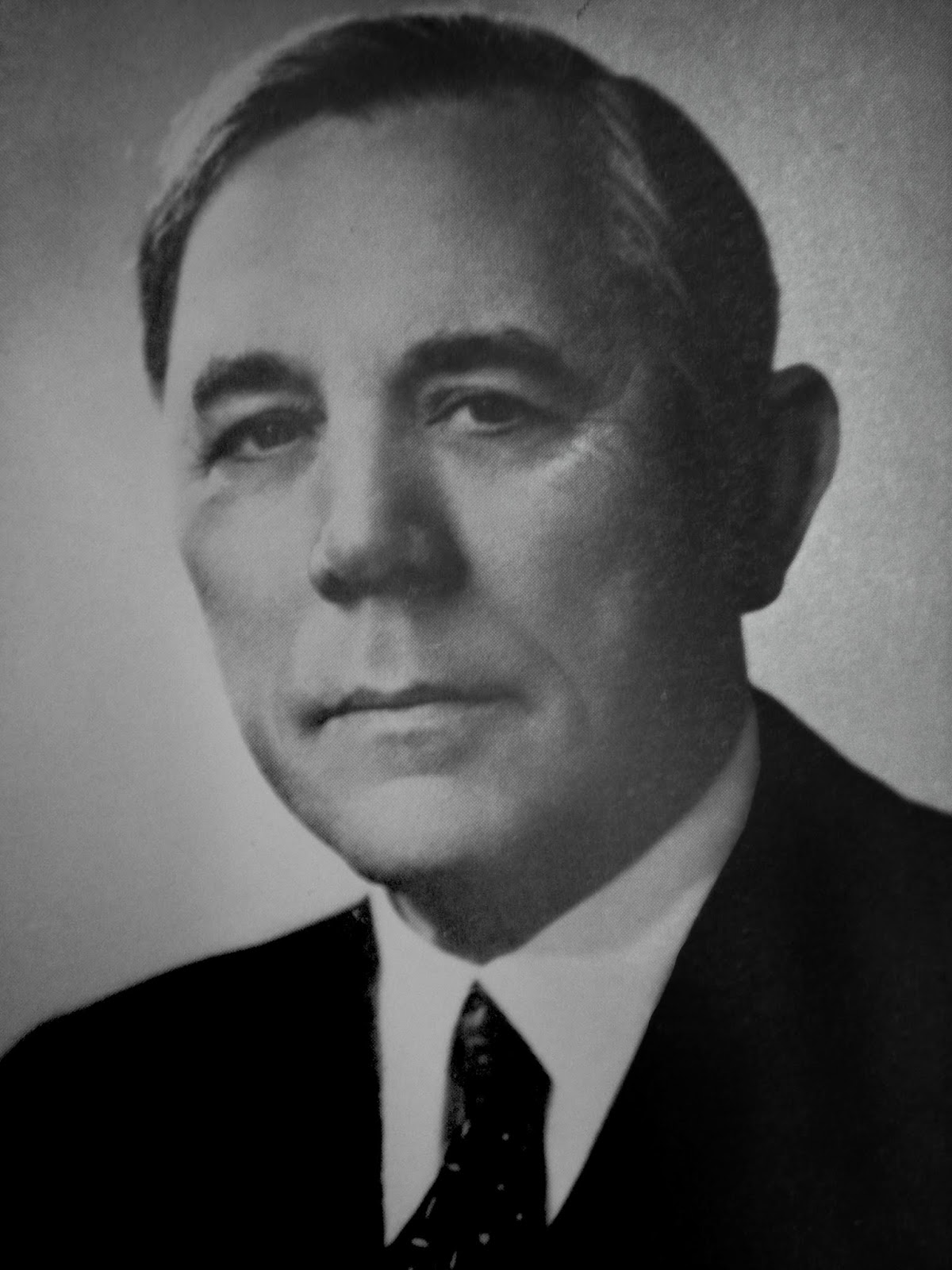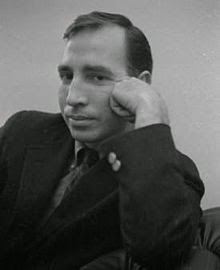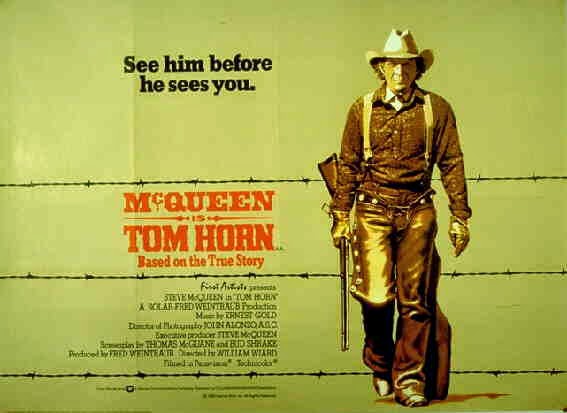I’ve been on a Texas binge lately. I’ve always found the state, its history, and
its people to be intriguing. And the
politicians? Is there a state that can
compare with Texas when one begins to list the people who have served as
governors of that state? Well, maybe next-door
neighbor Louisiana comes close.
I read one time (and I would give credit to the source, but I
don’t remember who wrote it) that, paraphrasing now, Louisiana governors had
three primary responsibilities. Listed
in the order of their importance they are: 1). to entertain; 2). to govern; and
3). to stay out of jail. (Piyush “Bobby”
Jindal seems to have missed the memo. He
only seems interested in number 2.) But,
I digress.
Texas governors include the likes of Sam Houston and “Pa” Ferguson
and “Ma” Ferguson and “Pappy” O’Daniel, and John Connally and Ann Richards and
George W. Bush, and Rick Perry. Top that,
Louisiana.
And of course, there is the giant that overshadows them all:
Lyndon Baines Johnson. Never a governor,
nevertheless he is one of only four people to serve in all four elected federal
offices: Representative, Senator, Vice-President and President. LBJ’s impact on American politics has been so
great that it has taken Robert Caro five volumes to write his biography.
And that’s where I began my recent Texas marathon, by
re-reading Caro’s first two volumes (if I live long enough I plan to read the
other three) as well as Lyndon Johnson and the American Dream,
written by young Doris Kearns, before Goodwin was added to her name.
Next came the Texas novels written by Billy Lee Brammer and
Edwin “Bud” Shrake, especially Shrake, and a great study of those two writers
and four of their fellow Texans in Steven L. Davis’s Texas Literary Outlaws.
And I recently finished The Big Rich: The Rise and Fall of the
Greatest Texas Oil Fortunes.
Shrake’s Strange Peaches is a novel set in
Dallas just before and just after the assassination of JFK. When I read his descriptions of almost continuous
parties, elaborate pranks and other excesses all fueled by booze, pot, and hard
drugs, I thought that Shrake was probably guilty of employing his novelist’s
license to embellish in order to punch up the story. Wrong, again.
After reading Texas Literary Outlaws and The
Big Rich I now know that practically everything he described actually
occurred.
I just read Shrake’s But Not For Love: A Novel About
Men, Women and Money. Well, after
all, it is about Texas. I am currently reading Phillipp Meyer's multi-generational Texas epic, The Son. Furthermore, Minutaglio and Smith's autobiography of Molly Ivins is in the hopper.
The Big Rich is a recounting of the life and times of four
Texas oil wildcatters -- Hugh Roy Cullen, Sid Richardson, Clint Murchison and
H.L. Hunt. Burrough writes, “If Texas
Oil had a Mount Rushmore, their faces would adorn it. A good ol’ boy. A scold. A genius. A bigamist. Known in their
heyday as the Big Four, they became the founders of the greatest Texas family
fortunes, headstrong adventurers who rose from nowhere to take turns being
acclaimed America’s wealthiest man.”
Hugh Roy Cullen, later a Houston wildcatter, grew up poor in
San Antonio, and dropped out of school in the fifth grade. After becoming a wealthy man, he would become
an early champion of and contributor to ultraconservative causes.
He was “stern, humorless, and a bit of a scold…a man who
detested communists, pinkos,” and especially Roosevelt “and whose favored
politician was the red-busting Joe McCarthy.”
Sid Richardson and Clint Murchison were lifelong friends from
Athens, sixty miles southeast of Dallas. According to Burrough, “[d]espite
their common backgrounds, they were a mismatched pair. Murchison was energetic, impatient,
independent, and like many country boys before him, intellectually
insecure….Murchison was shy and would remain so all his life. If he didn’t absolutely have to talk to
someone, he avoided it.
“In sharp contrast, Richardson presented himself as the essence
of the Texas good ol’ boy, joshing, laughing, and cursing in a thick backwoods
accent.”
As outrageous as the conduct of these three, and their progeny, could be at times, neither they, nor their progeny, could hold a candle to H.L. Hunt or his progeny.
Burrough writes, “At a time when itinerant wildcatters like Sid
Richardson couldn’t find time for a wife let alone a family, Hunt would build
three, two in secret. If they made a
movie of his life, no one would believe it was true.”
The only non-native in the group, Hunt was born in southern
Illinois, about seventy miles south of St. Louis. “He was a strange man, a loner who lived deep
inside his own peculiar mind, a self-educated thinker who was convinced –
absolutely convinced – that he was possessed of talents that bordered on the
superhuman. He may have been right; in
the annals of American commerce there has never been anyone quite like Haroldson
Lafayette Hunt.”
 |
| H.L. Hunt |
The subtitle of the book, The Rise and Fall of the Greatest Texas Oil Fortunes, is appropriate. The “Rise” was accomplished by the Big Four; the “Fall” was engineered by the progeny, particularly that of Murchison and, especially, Hunt. The fall is a story of family feuds, lawsuits, scandals and bankruptcies – and it isn’t pretty.
I do recommend the book even though it is marred by inexcusable
typos and misspellings (“Edmund” Murrow being only one example) and
unexplainable factual errors. The typos
and misspellings could have and should have been corrected by a proofreader and
Burrough and his editor certainly should have avoided the obvious factual
errors.
How could he have possibly written the following: “… the
champion steer, an eight-hundred pound heifer…?” Huh?
Shouldn’t Burrough have known that a steer is a castrated male and a
heifer is a young female? How could a
Texan be so confused about bovine gender? And shouldn’t he, a Texan, have known
that The
Longhorns, written by J. Frank Dobie, the prominent University of Texas
professor and folklorist, was not a novel, but a work of nonfiction?
But here is the most egregious error of all:
“McCarthy’s subsequent ascension to Martin Dies’s old
chairmanship of the House
Un-American Activities Committee, and HUAC’s ensuing crusade against communist ‘infiltrators,’
transformed the senator into a
polarizing figure across the country.”
Holy separation of powers!
A senator chaired a committee in the House of Representatives?
I still recommend the book even though it is impossible to
overlook the errors. They might have
been understandable if the book had been published by some vanity press, but it
wasn’t. We should be able to expect better from The Penguin Press.
Bryan Burrough earlier co-wrote a big best-seller titled Barbarians
at the Gate: The Fall of RJR Nabisco and was the sole author of Public
Enemies: America’s Greatest Crime Wave and the Birth of the FBI, 1933-1934. The description on the Big Rich book jacket
erroneously (imagine that) describes him as a native Texan. His family moved to Texas when he was
seven-years old, but he was born in Tennessee.
In his introduction, he mentions that some of his young classmates
referred to him as a carpetbagger.








































